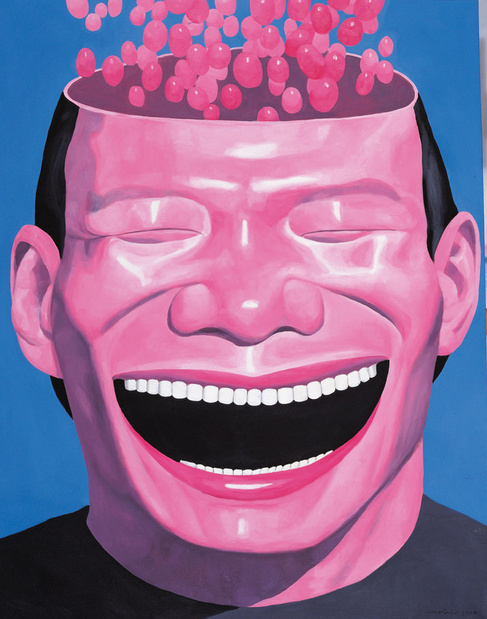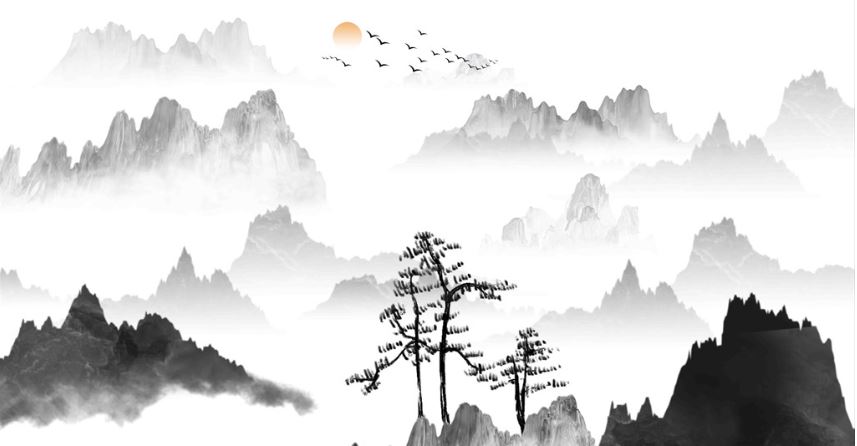The Chinese Art Market: History, Investment, and insights from a local artist
The Chinese art market is one of the biggest, along with the US and Great Britain. According to TEFAF statistics, the country held 22% of the global art market in 2019. Still, there are many opportunities in the country thanks to its growing economy. Even if the country has a long tradition of art among its elite, the communist revolution left it aside to promote a state-art helping the party. The renewal of the Chinese art market started in the 1990s and has been expanding since. Now, forces of change like digitalization and millennials cause us to re-evaluate the art market in China.
China: an artistic civilization
Art culture in China is an ancient tradition
According to the French historian Jacques Gernet, The Song dynasty (960-1279) opened a tradition of high education upon Chinese elites which would continue during the future dynasties. This social trend led to increase the importance of art. For instance, it is the beginning of landscape painting, the “山水” (Shanshui) with famous artists like Fan Kuan or Ma Yuan. During this dynasty, the Chinese nobility even started to create private collections. Holding Chinese art became prestigious. The song dynasty opened a new era in the Chinese culture, an era of interest in art. It was one of the first appearances of private collectors in the country.

[Source: National museum of Taipei – A typical Shan Shui painting by Guo Xi during the Sond Dynasty]
Communist China questioned the place of art in Chinese society
The 1st October 1949 opened a new chapter in the Chinese history. Mao became the communist leader of mainland China. Maoists fought against the dynastic China legacy during the Cultural Revolution (1966-1976). They tried to erase the ancient and elitist art culture. According to them, Chinese art should be linked with the values of the communist Party. The dynastic heritage must remain in the past. It was forbidden to collect cultural relics and many were destroyed during this decade.
When Deng Xiaoping became the leader of the country in 1978, the government opinion about ancient art changed. The Cultural Relics Protection Law became effective in 1982. The state started protecting cultural relics and accepted the legacy of tradition, which is no longer seen as an enemy.
The 1990’s: The rise of the Chinese art market
This decade changed a lot China for two main reasons. First, a new economic elite appeared. With them, there was an increase in demand for luxury goods, such as art. Second, China became, at this time, way more interesting for foreign countries, which started to really change their mind with the booming economic development. This was a significant period for the art market.
In 1991, Brian Wallace founded the first private contemporary gallery in China, the Red Gate Gallery. The same year the first private art museum was created called the Yan Huang Art Museum. It is dedicated to promotes traditional art. In 1992, First auction House “Duo Yunwan” in Shanghai. The next year the China guardian auction house was founded. All of these constructions highlight a turning point in the vision of Chinese art but also in their value. Still it remains the beginning of the new Chinese art market.
The Chinese art market today: a new shape
Reconnecting with the artistic tradition and embracing the future.
Elements underline how the Chinese art market became powerful since the 1990s. Since 90’s, more and more museums opened in China. In 2013, there were 3,589 museums in the country and 5,354 five years later in 2018. The Tank Shanghai and a branch of the Pompidou Center were established in 2019. Thus, China is reconnecting with ancient Chinese art and explores contemporary art. Chinese contemporary art is becoming prestigious.
In 2006, Sotheby’s New York held an auction entirely dedicated to Asian contemporary art. Some of the Chinese artists are becoming as world-famous as Yue Minjin. On the economic side, Chinese art market is also doing well. In 2017, there were 525 auction houses in the country. Buying art started becoming an investment. This is also the boom of the interior design market in China. Even if during the 1990’s some Chinese art auctions were for foreigners. Now, there is an important increasing of private Chinese collectors who purchase Western artworks.

Chinese art market and digitalization
Digital changed the way of consuming in China. It impacts the art market because of companies inside or outside of its market. First, Luxury brands increased their role on the Chinese art market with the use of KOLs (Key opinion leaders) targeting millenials. These Chinese influencers working for brands highlights the products of luxury brands and makes trends. Luxury brands present collection with Chinese artists. Thus, luxury brands help promote Chinese art.
For instance, the watch brand Hublot (here for an analysis of the Chinese luxury watch market) developed a watch with Yue Minjun. Thus, Chinese art are displayed by some luxury brands to improve their brand image upon Chinse luxury consumers. It is both profit for brands and the Chinese art market. Moreover, online auction websites try to implement on Chinese social medias to increase their presence on this market. Artnet, one of the biggest online auction website, now tries to be present on Wechat. The aim is clear, expand on this market. Digitalization transforms the Chinese art market. Its presence online had increased. It is closer to millennials, now called art-lennials, the new key-consumers in China.
Talking with an artist from Shanghai: @ChrisQ
Chris is an artist from Shanghai. He studied contemporary and ancient art in the University of Shanghai. Now, he works as an independent and sometimes for luxury companies. Recently, he was a part of Vogue Global Conversations trying to figure out what is the future of creativity. We discussed the art market in China with him to learn more.

[Source: ChrisQ, interview with a Chinese artist]
What are the specificities of the new wave of Chinese art?
The new artist wave was mainly born in the 1980’s. These artists have grown up in a communist culture, but they are really influenced by Western art. Lots of famous Chinese artists studied art abroad.
How Chinese artists interact with social media?
Social Media like Weibo or TikTok are important for Chinese artists nowadays. It is a way to connect with people and to present art. Many artists just want to focus on their creations without having to present it. It links people with artists even the ones who are shy.
Who are the main art buyers in China?
Regarding the profile of Chinese art buyers: It is mostly rich people, government officials, doctors, lawyers, businessmen. Some of them buy art to enhance their home’s interior or because they like art. Whereas, some just see it as an investment. This affect the contemporary artistic creation because if you want to make a living of art. You must create appealing things. The border between art and business is blurred.
Today, the Chinese art market is the final step of a long tradition of art in the country. Even if the Cultural Revolution forbidden the collection of ancient art and destroyed some cultural relics. The market started to grow in the 1990s with the creation of galleries and auction house in China. Today, China is the third art market in the world. Digitalization and millennials force to rethink the approach of art. It is becoming closer with luxury.
Author: Enzio Cacciotto
Listen to 100 China entrepreneur stories on China Paradigms, the China business podcast
Listen to China Paradigm on Apple Podcast
















